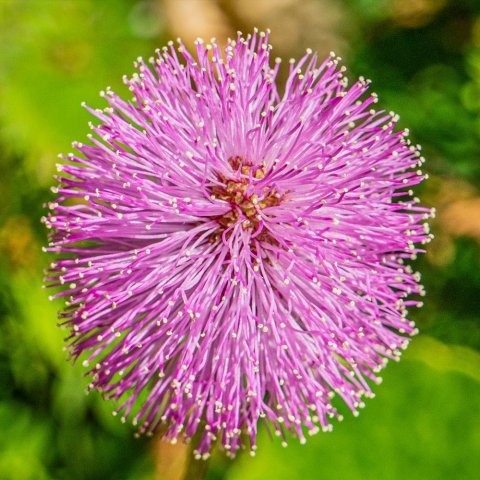In the heart of Miami Beach, a district known for its vibrant culture and breathtaking natural beauty, is a place of tranquility and study: Botanical Gardens. These gardens are more than just a sight; they are essential centers for botanical research, conservation, and education, contributing significantly to understanding and conserving plant biodiversity. A botanical garden is a living museum containing plants for scientific research, conservation, exhibition, and educational purposes. The Miami Beach area’s unique tropical climate is ideal for various plants. These gardens are essential resources for scientists and gardeners to investigate plant growth patterns, genetic structure, and ecological functions. The primary role of a botanical garden is conservation. Due to habitat loss and increasing threats from climate change, these parks have become safe havens for many endangered and rare plant species. This is usually done through seed banking and life gathering, allowing species that might otherwise be extinct to survive.
Another essential function of botanical gardens is education. As an outdoor classroom, they offer hands-on learning experiences about plants, biology, and conservation. Educational programs at these gardens often target a broad audience, from students to amateur gardeners and professional botanists, fostering an appreciation and understanding of the plant kingdom. Deep-seated Botanical gardens are also centers for scientific research. They provide resources and opportunities to learn about plant biology, ecology, genetics, and horticulture. Researchers can study how plants respond to environmental changes, experiment with new growing methods, and even discover new species in these gardens. The value of botanical gardens cannot be ignored. These places offer a peaceful escape from the urban environment, offering visitors a place to enjoy the natural beauty and relax in a peaceful Wildlife sanctuary types often feature themed sections such as butterfly gardens, medicinal plant areas, or collections of native plants, providing a visual and educational experience For Miami Beach, botanical gardens also play a role in environmental sustainability. They demonstrate sustainable gardening practices, educate the public on the availability and benefits of plants, and contribute to urban ecosystems. These parks can be seen as green bubbles in urban areas, providing essential ecosystem services such as air purification, temperature control, and wildlife habitats.
The Botanic Gardens in Miami Beach aren’t just about plants and the relationship between humans and nature. Visitors are encouraged to think about the importance of plants in our lives – from the air we breathe to the food we eat and the beauty we admire. This relationship is significant in an urban environment, where the built environment often overshadows the natural world. In conclusion, like those worldwide, botanical gardens in the Miami Beach area are important for conservation, education, research, and peaceful recreation in the middle of a busy city. They said our intimate and inevitable connection between humans and the natural world. As we face growing environmental challenges, the role of botanical gardens in conservation and education is more important than ever. Plants are not only sanctuaries but sources of knowledge and inspiration for all of us, encouraging us to live in harmony with nature.




3 thoughts on “Exploring the Wonders of Botanical Gardens in Miami Beach”
Your point of view caught my eye and was very interesting. Thanks. I have a question for you. https://accounts.binance.com/pt-BR/register-person?ref=YY80CKRN
Thanks for sharing. I read many of your blog posts, cool, your blog is very good.
Can you be more specific about the content of your article? After reading it, I still have some doubts. Hope you can help me.